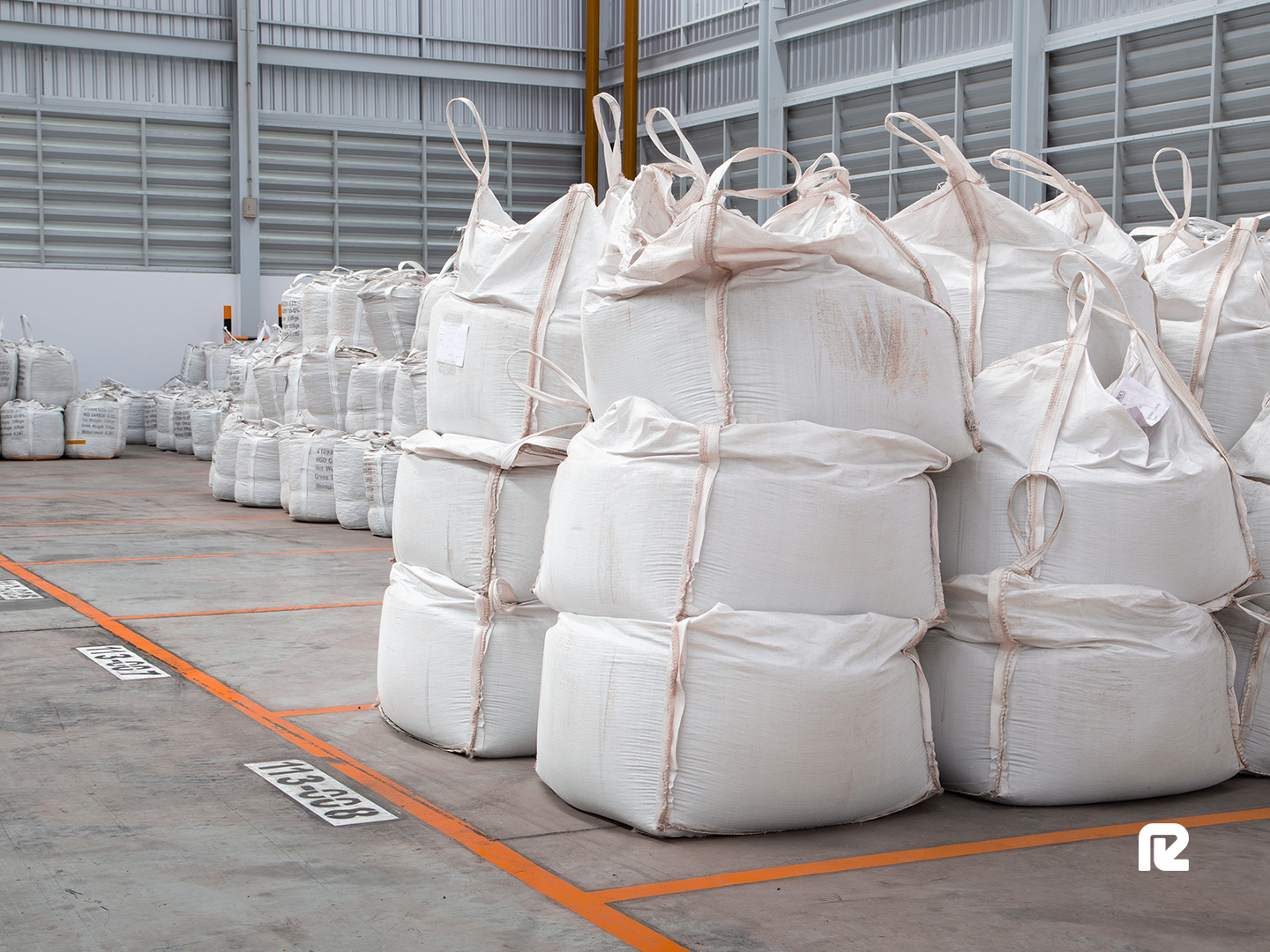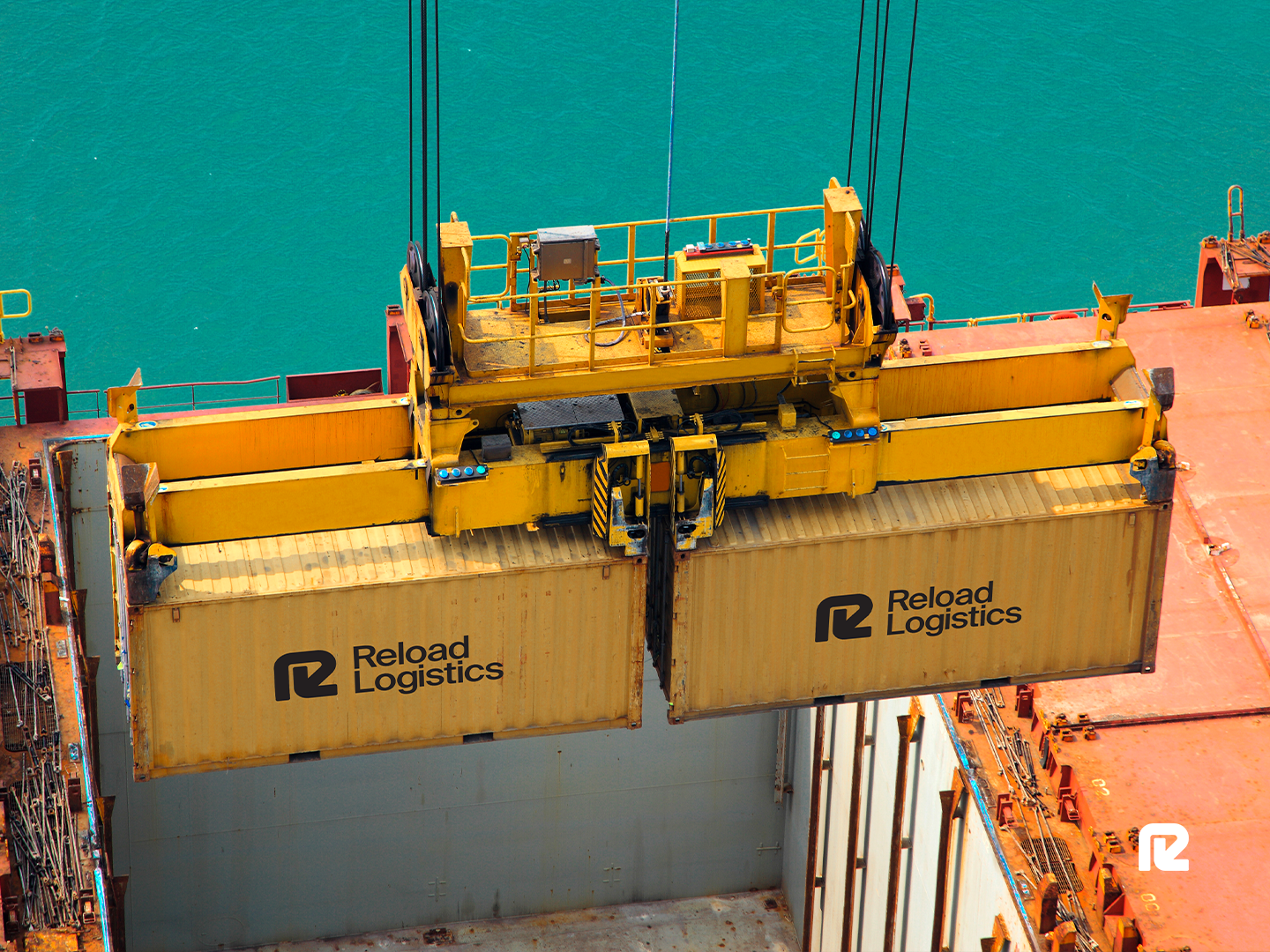Boost Supply Chain Efficiency with Intermodal Freight Transportation


Intermodal freight transportation is all about efficiency. Freight travels in the same sealed container across multiple transportation modes, including trucks, trains, and ships, without anyone having to unpack and reload it at each step. The magic happens at specialized terminals, where heavy-duty equipment transfers containers swiftly between modes. No unnecessary handling, less risk, more control.
How Does Intermodal Transportation Work?
Intermodal transportation operates through specialized terminals where cranes, reach stackers, and side loaders transfer containers between trucks, trains, and ships. The process relies on standardized equipment dimensions, coordinated scheduling, and integrated tracking systems for seamless cargo movement without unpacking the freight.
Using intermodal freight transportation maximizes efficiency and minimizes risk:
· Trucks are flexible, handling first and last mile.
· Rail offers cost-effective, long-distance shipments.
· Ships are the go-to option for global moves.
Who is Intermodal Shipping Best for?
Anyone carrying a significant amount of freight will be utilizing intermodal freight shipping. Manufacturers with regular, high-volume shipments use intermodal for cost-effective and long-distance transportation, retailers importing goods from overseas, auto companies transporting vehicles and parts, agriculture shipping bulk soft commodities, and chemical or metal companies relying on rail for safer hazardous material transport.
Why is Intermodal Freight Transportation So Efficient?
Intermodal achieves efficiency by leveraging each transport mode's advantages. Rail can be up to four times more fuel-efficient than trucking, whereas standardized containers focus on cutting down on labor costs, damage risk, and transit time, keeping things moving. Automated terminal operations mean faster, more reliable transfers, which translates to tighter schedules and better service levels.
Key advantages:
· Cost savings: Rail can reduce long-haul costs significantly compared to trucking.
· Environmental benefit: Rail emits significantly less CO2 per ton-mile.
· Capacity: Trains move the equivalent of hundreds of truckloads in a single trip.
· Reduced congestion: Fewer trucks on highways means smoother road networks.
· Security: Sealed containers mean fewer opportunities for loss or damage.
How Does Intermodal Shipping Support Supply Chains?
From a supply chain perspective, intermodal freight transportation adds flexibility and resilience. If there are disruptions like poor weather, driver shortages, or port slowdowns, you have options. When one mode experiences disruptions, networks can shift cargo to alternatives, maintaining continuity. This supports global supply chains by connecting international shipping with domestic land transport.
Let’s break down the main intermodal shipping types:
· Direct Truck: Handles local pickup and delivery, especially where other modes can’t reach. Best for short distances or urgent shipments.
· Direct Rail: Ideal for long hauls and bulk shipments. Unit trains and container services link ports and inland hubs efficiently.
· Rail Combined: Pairs rail with trucks (and sometimes barges) for full-route coverage—leveraging the strengths of each mode.
· Direct Barge: Moves large volumes using inland waterways, delivering major fuel savings for heavy, bulk cargo like grain or coal.
· Barge Combined: Integrates barges with rail or truck, extending reach to locations not directly on the water.
Intermodal freight shipping is a smart, scalable solution for businesses that need reliable, cost-effective, and sustainable logistics that optimize their entire supply chain.
Differences Between Intermodal and Multimodal Transportation
Intermodal
Intermodal freight transportation involves multiple carriers, each responsible for their journey portion. With intermodal, stakeholders will have separate contracts for each leg of the journey, with liability shifting as the shipment changes carriers(for example, from truck to rail). Often, intermodal includes significant cost savings, especially for long-haul. However, final delivery may take slightly longer than direct trucking might take.
Multimodal
Multimodal transportation involves a single carrier assuming responsibility for the entire journey, regardless of the modes used. Stakeholders work with one contract and a single point of contact for the whole journey.
Key Differences
Intermodal freight transportation requires more coordination and multiple contracts, whereas multimodal gives you a single integrated service and a straightforward management process. So, why choose intermodal over multimodal? The bottom line comes down to cost-efficiency; intermodal shipping can cut long-haul shipping costs by up to 15%. If you’re moving project cargo, bulk, or non-fragile goods, intermodal fits well, especially if you can handle a slightly longer transit time.
Main Reasons to Choose Intermodal Transportation
Cost vs. Speed
As mentioned before, intermodal transportation offers cost savings over traditional trucking for long-haul shipments. While transit times may be one to two days longer, many businesses find the financial trade-off worthwhile.
Cargo Characteristics
Intermodal is particularly effective for high-density, durable products. Containerized freight benefits from streamlined, standardized handling, while bulk materials are well-matched to rail or barge solutions. Rail also offers notable safety benefits for hazardous goods, though routing options may be somewhat limited.
Route and Infrastructure
Established rail corridors and well-equipped terminals make intermodal service highly competitive. Geographic challenges, such as mountainous terrain or congested metro areas, can further tilt the balance in favor of intermodal over trucking. International ports and gateways naturally support intermodal solutions for import and export flows.
Operational Needs
Intermodal delivers the most value for shippers with regular, forecastable volumes and supply chains that can accommodate modestly longer transit times. Businesses operating under inventory strategies that absorb slightly extended delivery windows will realize the greatest savings. Additionally, during peak shipping seasons, when truck capacity typically tightens, intermodal proves to be an effective alternative.
Intermodal freight transportation offers significant cost advantages for the right types of cargo, routes, and operational profiles, making it a smart option for companies focused on efficiency and long-term savings. Contact Reload Logistics to discuss how we can support your transport logistics strategy.
Frequently Asked Questions (FAQs)
What is the Difference Between Intermodal and Trucking?
Intermodal shipping uses standardized containers that move seamlessly between trucks, trains, and ships. There’s no need to unpack and repack goods at each transfer as the container stays sealed. Trucking, on the other hand, is a direct approach - a single truck picks up your freight and delivers it straight to its destination.
What Does Transload Freight Mean?
Transload freight refers to cargo transferred between transportation modes, such as moving goods from ocean containers to domestic trailers, transferring bulk commodities from rail to trucks, or consolidating shipments into larger transport units at specialized facilities with material handling equipment.
What is a Freight Forwarder in Logistics?
A freight forwarder is a company that arranges the transport of goods for businesses. They don’t move the cargo themselves but coordinate with carriers—like shipping lines, airlines, and trucking firms—to ensure smooth delivery. Freight forwarders also handle paperwork, customs clearance, and route planning, making international and cross-border shipping easier and more efficient.
Categories






